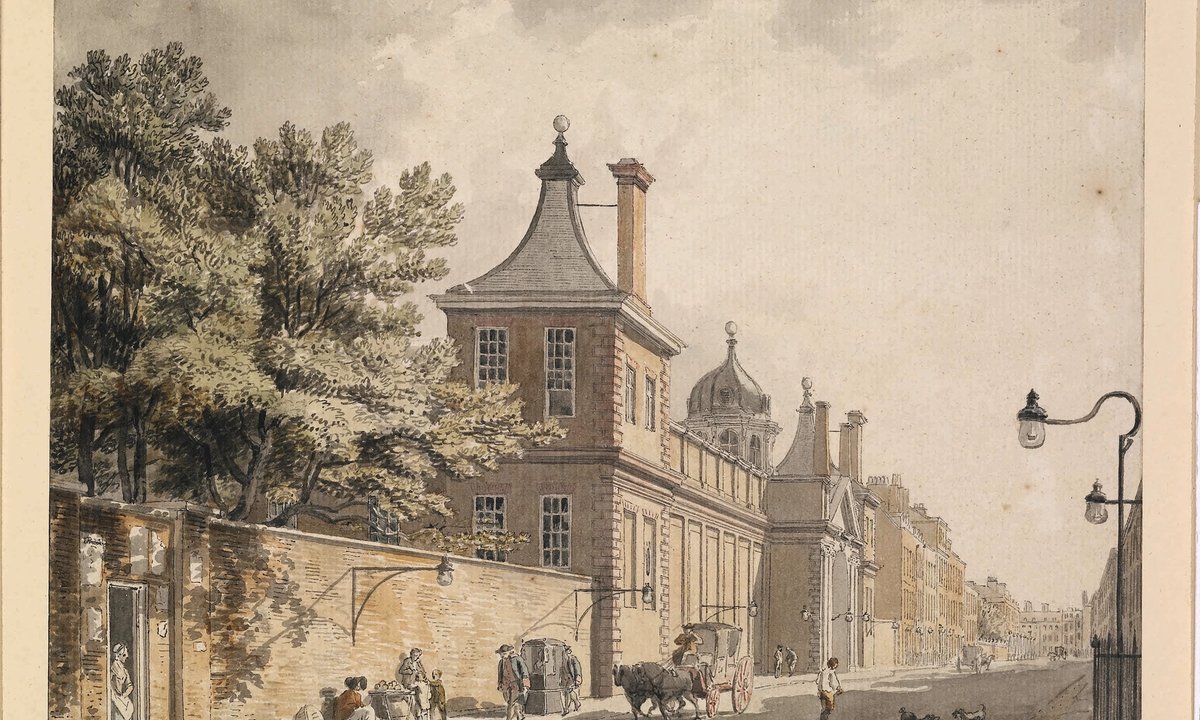
"The slim shafts of light they cast about threw the objects into uncommon relief. They flicked their torches on and off at the Panathenaic horsemen to make it look "as if they were galloping". Clark told his viewers he had brought Moore along because, "of all living artists", he had been best able to inspire awe in the way of ancient art. It was, he said, "a universal language of form"."
"The British Museum was founded by an act of parliament in 1753 as a repository for several private collections: Hans Sloane's compendium of the "rare and curious", as the act put it ("Library of Books, Drawings, Manuscripts, Prints, Medals, and Coins, ancient and modern, Seals, Cameos, and Intaglios, Precious Stones, Agates, Jaspers, Vessels of Agate and Jasper, Chrystals [sic], Mathematical Instruments, Drawings, and Pictures, and all other Things", which cost the state £20,000)."
In March 1958 Kenneth Clark led Henry Moore on a midnight tour of the British Museum for a television episode, using enormous torchlights to spotlight moai, Egyptian treasures and the Parthenon Sculptures. The narrow shafts of light dramatized the objects and the presenters toggled torches to animate the Panathenaic horsemen. Clark said Moore most inspired awe in the way of ancient art and described form as a universal language. The British Museum was founded by an act of parliament in 1753 to house private collections including Hans Sloane's compendium, the Cotton manuscripts and the Harleian manuscripts. Sloane's will required preservation for public use with free access to view and peruse.
Read at The Art Newspaper - International art news and events
Unable to calculate read time
Collection
[
|
...
]